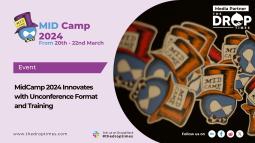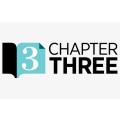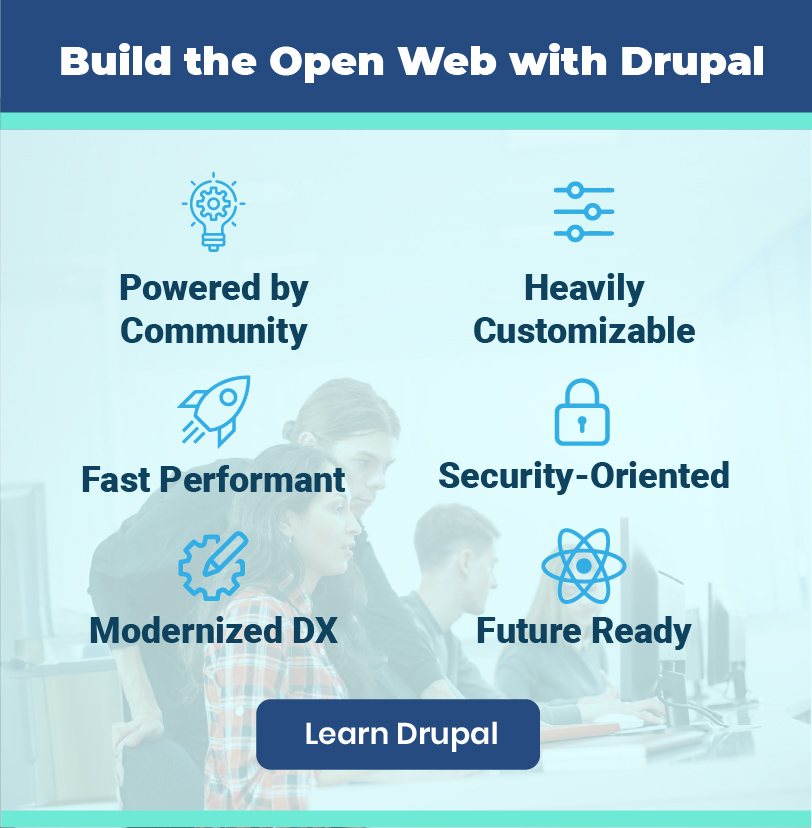Chapter Three Deliberates on Composable Drupal Stack
A composable business model revolutionizes businesses' operations by leveraging customizable tools and services to meet their specific needs. This approach extends to various aspects of a company, including the web experience. A new blog post by Chapter Three touches upon building an effective composable web model. John Faber, Managing Partner, Chapter Three, wrote the article.
According to the article, the hosting layer is at the heart of the composable web model, which differs from the traditional model by embracing a combination of hosting platforms and technologies. This flexibility enables businesses to select the most suitable hosting options for different parts of their web infrastructure, providing greater adaptability and the ability to optimize their web experience by leveraging the strengths of various tools and services.
With a decoupled front end, a static website requires minimal resources, even during high-load situations, leading to cost savings.
The key advantage of composability in hosting is the ease and speed at which providers can be switched based on specific needs, such as features and cost. This flexibility empowers businesses to make informed decisions about hosting requirements, evaluating factors like development frameworks, pre-built components, deployment automation, and scalability options. By considering these factors, businesses can choose a hosting stack that aligns with their composable goals and enables faster innovation on the front end of their applications.
A composable business model, particularly in the web experience, empowers businesses to tailor their infrastructure, optimize resource allocation, and foster innovation by leveraging the strengths of various tools and services, argues John Faber. Click here to read the blog post.
Disclaimer: The opinions expressed in this story do not necessarily represent that of TheDropTimes. We regularly share third-party blog posts that feature Drupal in good faith. TDT recommends Reader's discretion while consuming such content, as the veracity/authenticity of the story depends on the blogger and their motives.
Note: The vision of this web portal is to help promote news and stories around the Drupal community and promote and celebrate the people and organizations in the community. We strive to create and distribute our content based on these content policy. If you see any omission/variation on this please let us know in the comments below and we will try to address the issue as best we can.


























